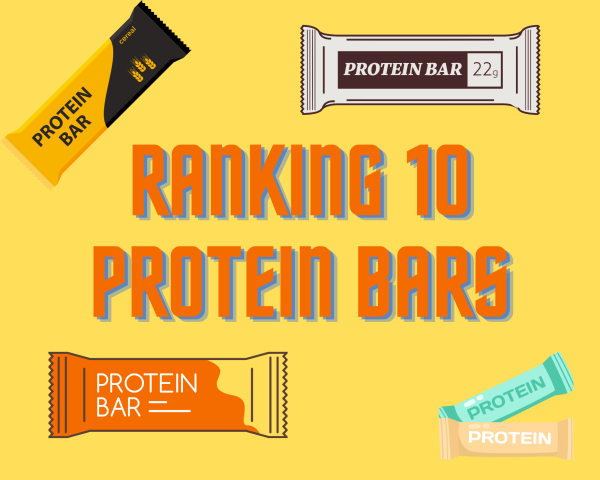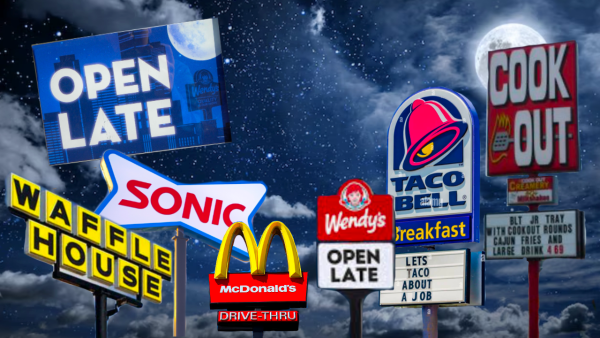Mexican Food Is Not Spanish
Charlestonians can’t seem to distinguish between the two cuisines
Spanish food has a double meaning. It is generally used to refer to food from Spanish-speaking countries, but it really means food from Spain.
In Charleston however, people seem to think it means Mexican. Ask anyone on the street their opinion about Spanish cuisine, and they’ll probably respond with something like, “Oh, I love tacos!” Restaurants like Moe’s, Taco Bell, and Chipotle make up the majority of citizens’ Hispanic exposure. And unless you know an immigrant or Spanish native, it’s likely to stay that way.
So what exactly is Spanish food? Well, all Spanish food originates from Spain. Located on the Iberian peninsula, Spain is a country that favors its wine, ham, and seasoning. Often flavors are added in the form of olive oil or garlic – none of those hot spices Americans are generally familiar with. That was how Spanish food was known to the rest of the world for centuries, until one day everything changed.
Enter the fourteen hundreds. Spain went on an adventure spree and decided to conquer the entire world, which turned out to be only Central and South America. When the Spaniards got there, they found thousands of unique indigenous cultures with their own culinary traditions. In the Caribbean, natives feasted on fish, tropical fruits, and beans and rice. Meanwhile, in Mesoamerica, the Aztecs cultivated corn, chilis, and tomatoes. The Spanish tried all these, and decided they weren’t half-bad. And so it was that Spanish food as we know it was born.
Modern-day Spanish food in its general form can be described as food prepared in any Spanish-speaking country. Because most of these regions had their own cultures before being conquered by the Spanish, their food is a mixture of both Spanish and indigenous cooking. That is why Mexican food is so spicy; the spice is really more Native American than it is Spanish. In fact, many Hispanic regions do not like spiciness at all; Caribbean islanders for instance, prefer to season food with garlic or other herbs. As for their produce, mangoes and coconuts are preferred over jalapeños.
Unfortunately, most Charlestonians don’t seem to understand the difference between different Spanish cuisines. This has led to all sorts of stereotypes among the general public about both Hispanics. Since Spanish-speakers come in all different colors – black, white, and brown – it is easy for Latinos and Spaniards alike to be labelled a “classic white kid” if they can’t stomach spice. And while they might be cool with that, it really does nothing for their perception of Westerners’ intelligence. If the local community wishes to break this trend, they might wish to rethink their opinion on Spanish food – and try some new eats in the process. Who knows? Charleston might even gain some new favorites.







